
Evaluating Ecosystem-wide Impacts Through Integrated Assessment
The environmental impacts of infrastructure projects are often evaluated based on what is directly observable. Vegetation removal, watercourse crossing construction, and soil disturbance are tangible effects of development.
Yet focusing solely on these immediate effects confines their spatial scope and fails to consider effects outside a project’s direct footprint. Some more traditional environmental impact assessments (EIA) do not necessarily consider indirect and cumulative impacts, like altered groundwater flows or habitat fragmentation, unless specifically required by regulators. The focus on site-level impacts can leave broader consequences unexamined.
Human development is inseparable from natural systems. Communities depend on roads, utilities, and other infrastructure, and those projects inevitably reshape land and water. To address the assessment gap while moving forward essential infrastructure, practitioners should use an “Integrated Impact Assessment” approach. The concept places greater emphasis on indirect effects and interconnected nature of systems, which can capture the real-world outcomes more traditional predictions may miss.
Integrated Impact Assessment Framework
Integrated Impact Assessment (IIA) expands the scope of traditional environmental review by examining how ecosystems function as connected systems. EIA is often completed by an ecologist, but IIA requires an integrated ecology and water team working together to determine potential impacts. While other frameworks recognize cumulative effects or ecosystem interactions, they are often applied late in the process or as secondary considerations.
This approach draws those connections to indirect impacts earlier in planning, where possible, when design changes are most feasible and effective. For example, a predicted drawdown in the groundwater table can influence wetlands far off-site, and fragmentation can disrupt regional wildlife movement corridors between habitats that support breeding or migration. Working with other disciplines such as hydrogeologists and hydrologists to examine these patterns early allows practitioners to anticipate cascading effects that conventional project-level assessments often overlook.
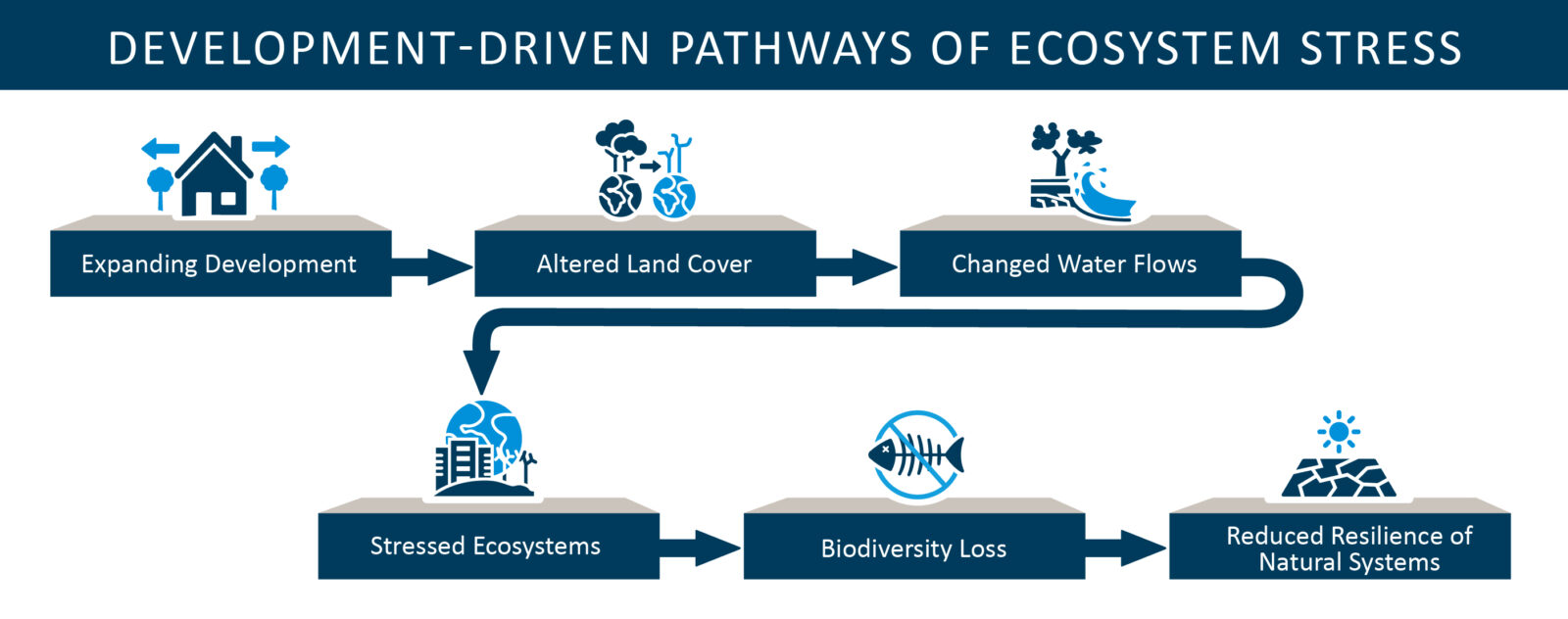
These pressures create overlapping risks that cannot be captured by evaluating isolated project footprints. IIA responds to these conditions by aligning analysis with the way natural systems operate, leading to decisions that better protect ecosystem function while still advancing infrastructure objectives.
The following examples detail less-visible potential effects of development and how they can be identified and addressed through this expanded lens.
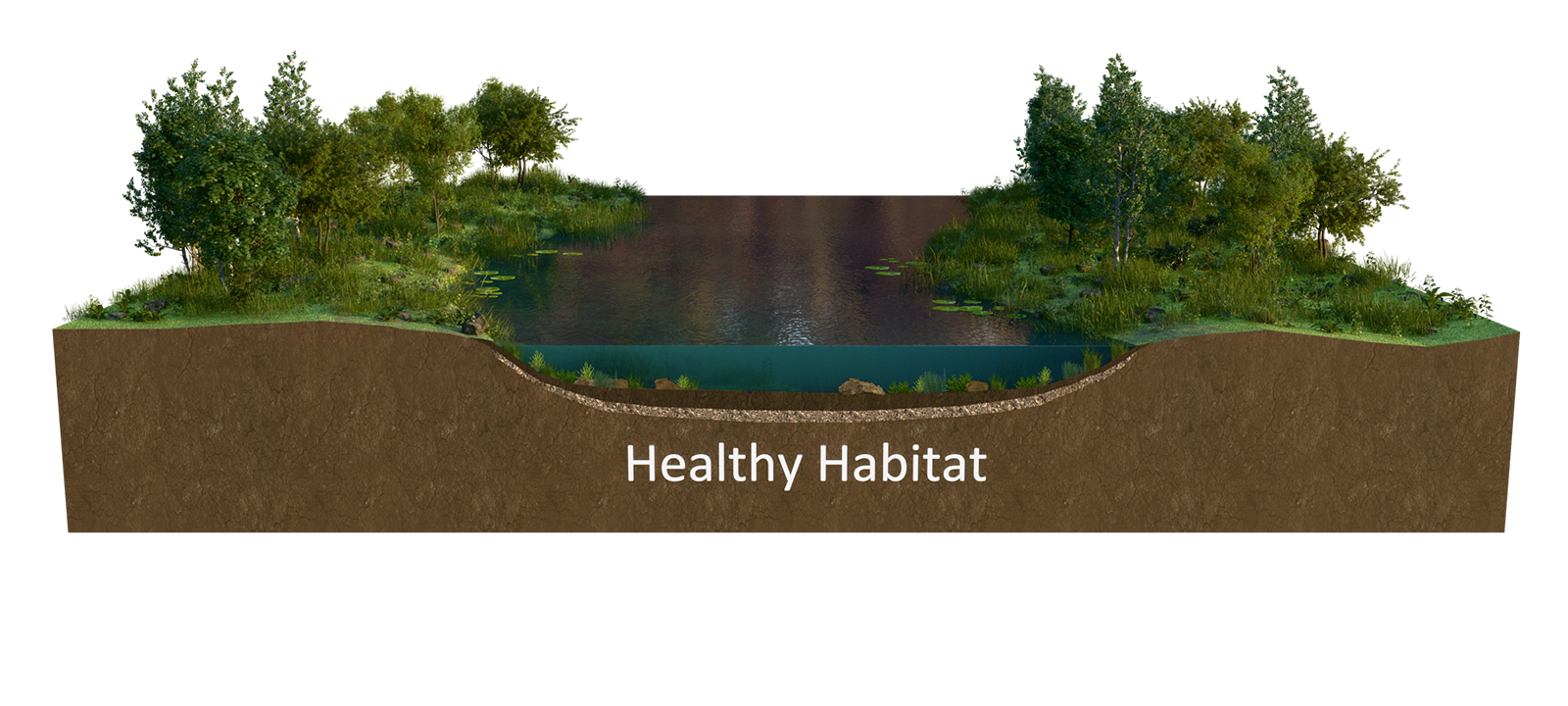
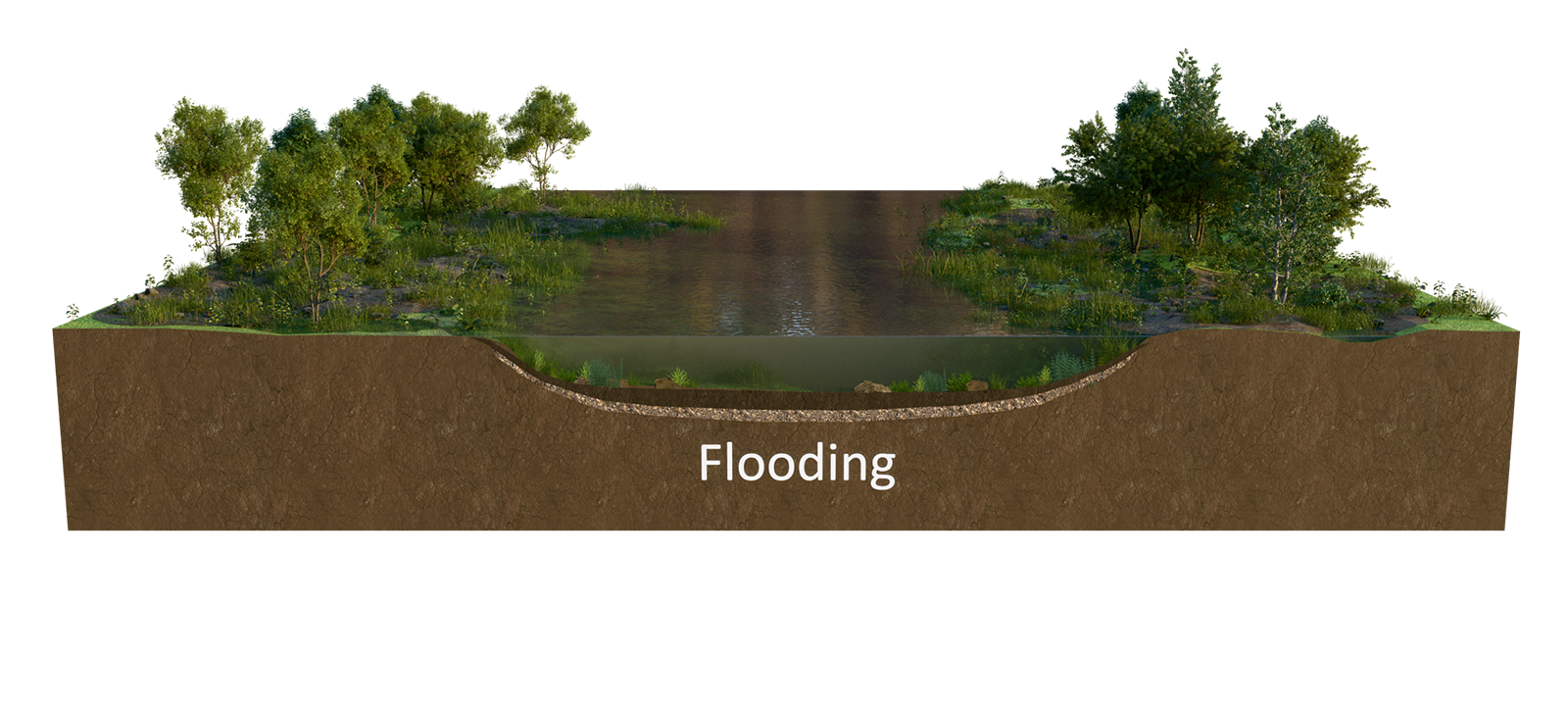
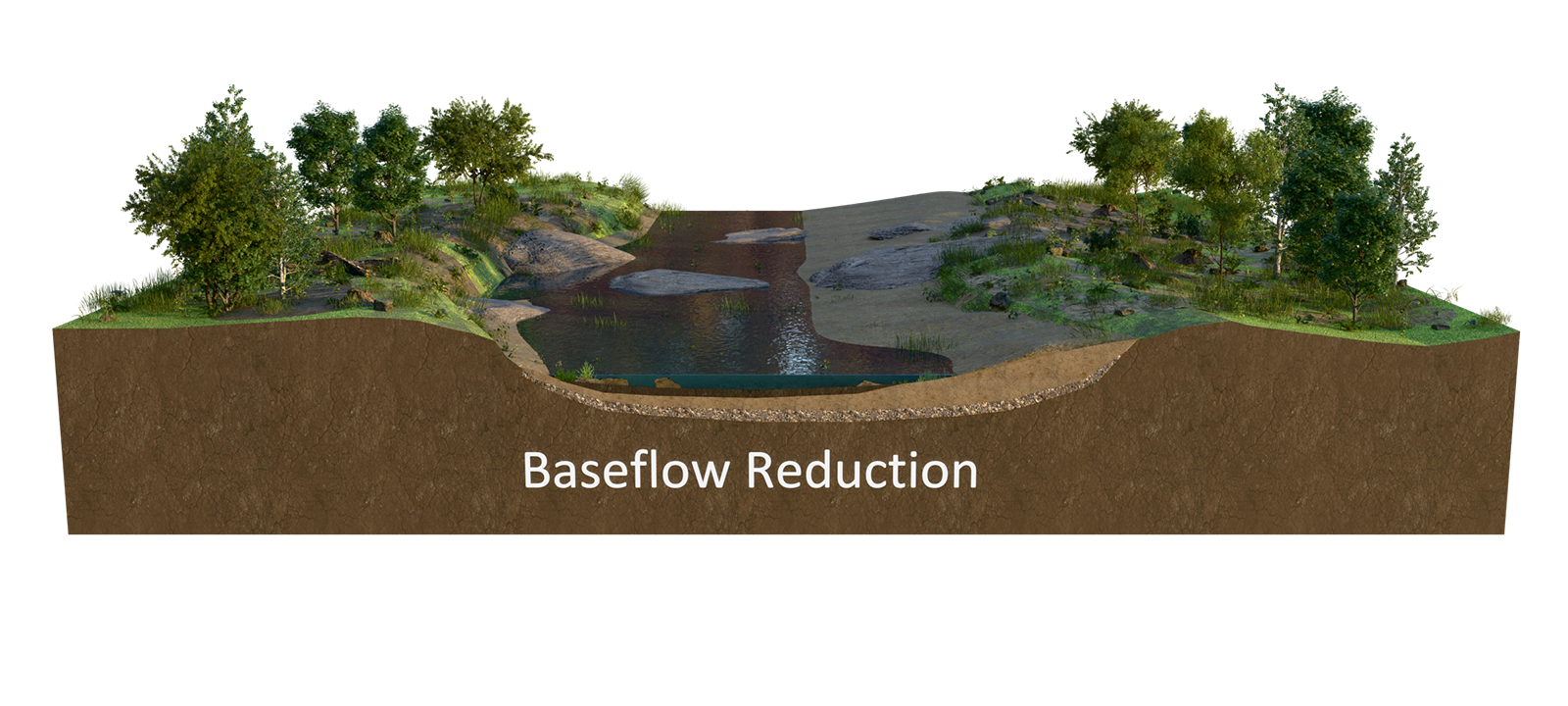
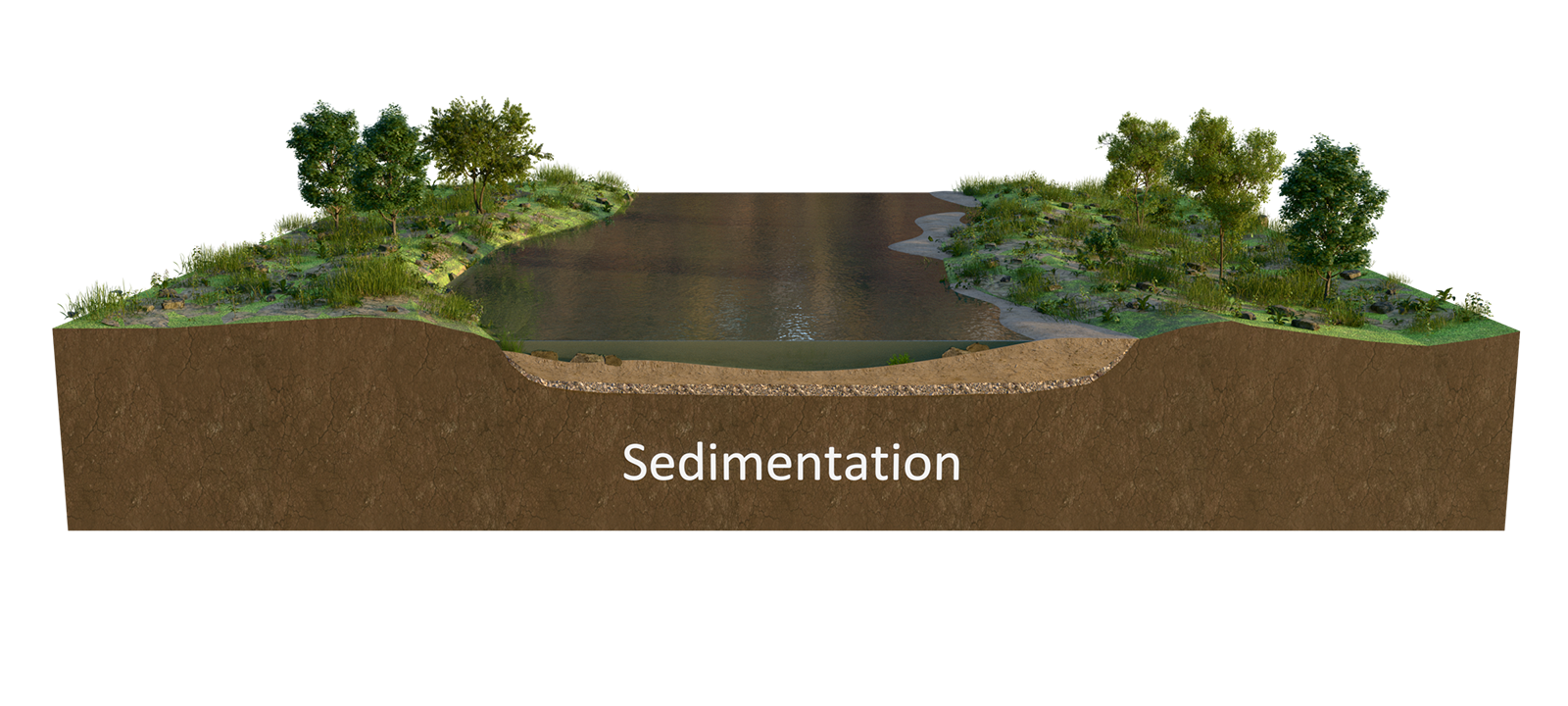
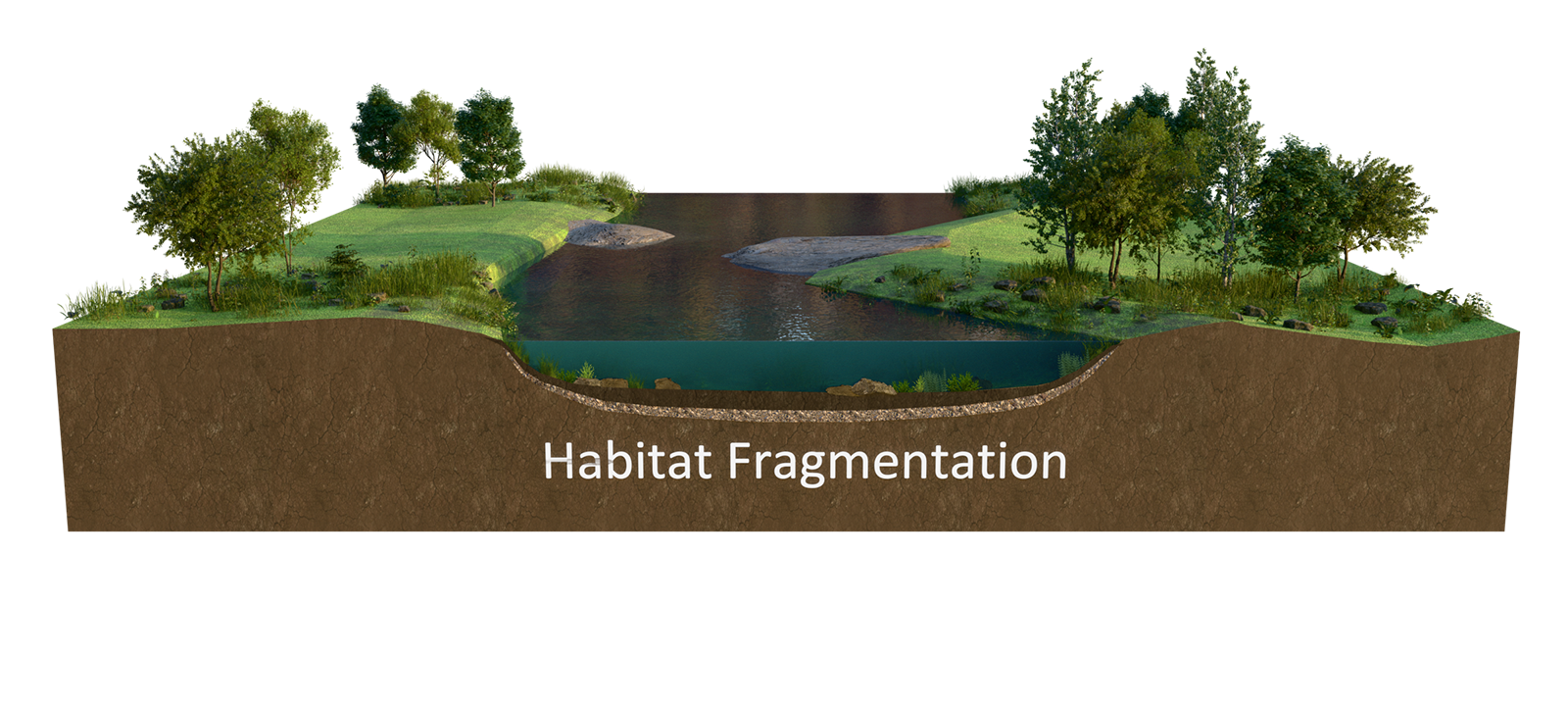
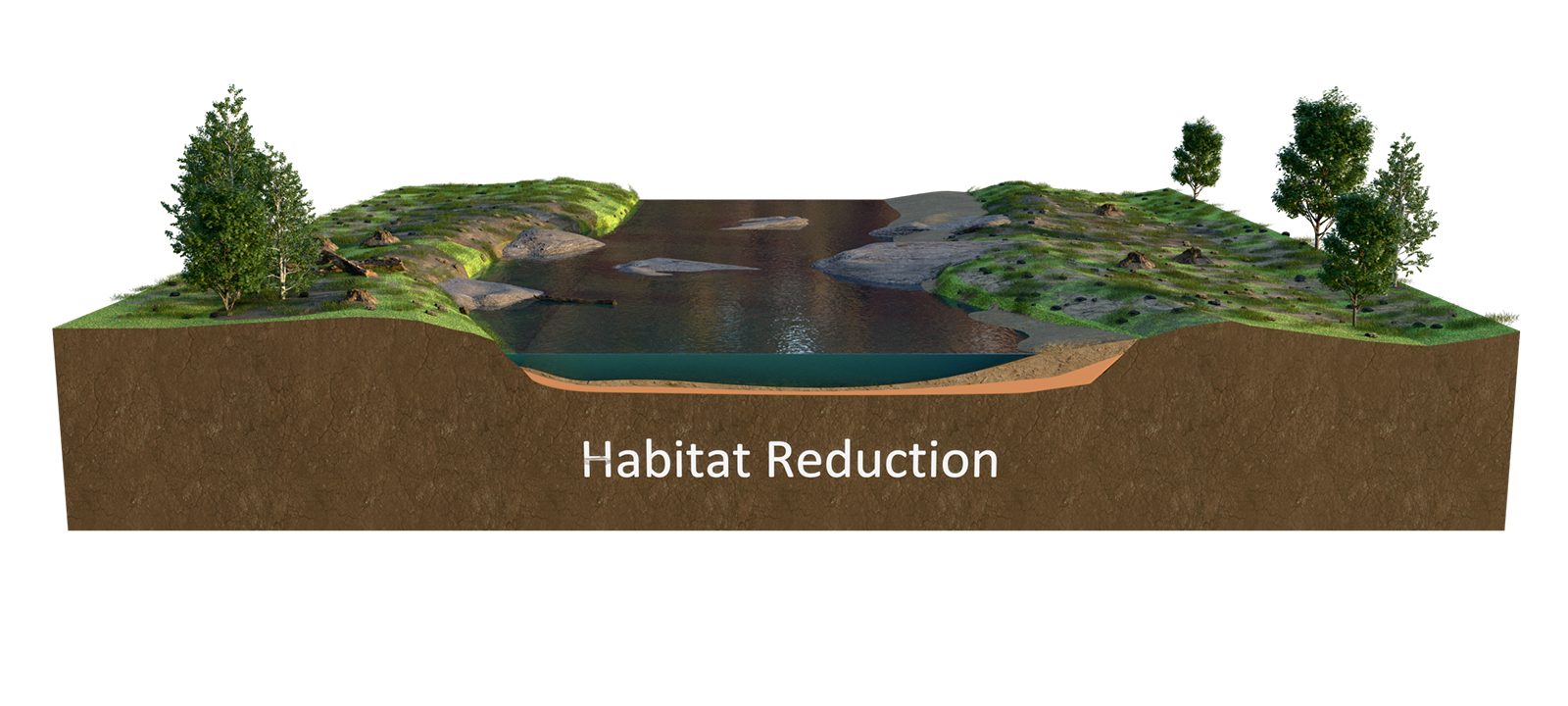
Hydrologic and Hydrogeologic Changes
Changes to water movement through an ecosystem can reduce groundwater recharge, shift baseflows in watercourses, and alter the timing or volume of water that feeds wetlands. Such changes can also increase flooding in downstream communities or dry out areas that depend on groundwater supply. Effects may appear far from the project footprint and can have a delayed presentation (i.e., long-term impact). These disruptions can be caused by a drawdown of the groundwater table or alterations to land cover through grading, paving, or vegetation removal, which impacts how water infiltrates the ground or flows across the surface.
IIA considers these hydrologic and hydrogeologic connections early by working with water specialists to understand watershed-scale processes and anticipate downstream effects. Once the development is designed, mitigation can be implemented that maintains natural flow patterns or minimizes effects. In practice, this includes:
- Using watershed-scale hydrologic to predict changes to runoff, recharge, temperature, and watercourse baseflows.
- Using hydrogeological modelling to predict groundwater drawdown zones, changes to groundwater temperature, or changes to direction or volume of flow.
- Mapping groundwater and surface water interactions to identify sensitive watercourses, waterbodies, wetlands, and recharge zones.
- Evaluating cumulative impacts from multiple projects within the same watershed to understand additive pressures.
- Coordinating water data collection and analysis with ecological assessments so habitat and species impacts are addressed together.
Water Quality Effects
Aquatic species (e.g., fish, amphibians, etc.) and plants depend on stable water clarity and often specific chemical conditions to survive and reproduce. Activities like grading, soil disturbance, and surface water and groundwater discharge can increase sedimentation and nutrient loading in watercourses, waterbodies, and wetlands, impacting this balance. Changes can accumulate gradually and be difficult to detect until ecosystems are already stressed. When water quality declines, insects, wildlife, and fish that rely on these aquatic habitats for food or water are also affected. The loss of ecological functions such as nutrient cycling or filtration in wetlands can degrade downstream aquatic systems.
IIA addresses these potential effects by linking water quality data directly to ecological health. This approach enables planners to anticipate which changes would have measurable and unacceptable effects, and to design measures that prevent degradation rather than responding after damage occurs. In practice, this can involve:
- Conducting baseline, construction, and post-construction water quality monitoring to identify sensitive receptors and thresholds, and track changes over time.
- Modelling potential pollutant loads from construction and post-construction runoff.
- Assessing how shifts in water chemistry affect species reproduction, food webs, and ecosystem resilience.
- Incorporating natural buffers or green infrastructure to filter pollutants and stabilize soils.
Ecosystem Function Impacts
Connections between the different components, such as water and ecological, are essential to support ecosystem functions like water storage, water filtration, nutrient cycling, wildlife habitat, and seasonal wildlife migration. When they are interrupted, the system loses its ability to regulate and respond to stressors such as flooding, drought, or invasive species. Development can disrupt the processes that allow ecosystems to operate as connected systems. Roads, subdivisions, and other infrastructure fragment landscapes and disrupt natural linkages between wetlands, aquatic, and terrestrial habitats.
IIA highlights these system-level connections early, rather than treating them as secondary considerations. Planners can identify where development risks severing key ecological linkages and evaluate alternatives or mitigation measures that maintain them. In practice, this can include:
- Mapping wildlife corridors and movement pathways to identify critical connections between habitats.
- Analyzing landscape-scale processes, such as migration routes, watershed and regional floodplain mapping, that extend beyond the immediate project footprint.
- Designing mitigation that maintains or restores connectivity, such as wildlife crossings, ecopassages, or buffer zones.
- Evaluating cumulative impacts from multiple developments in the local or regional landscape to understand how incremental losses affect ecosystem resilience.
Biodiversity Loss
Changes in habitat availability, quality, and connectivity, along with shifts in water flow quantity and quality, can impact species’ foraging, breeding, or movement patterns. These disruptions influence whether populations remain viable in the local or regional landscape. While some species can adapt by shifting ranges, area-sensitive species and those with specialized habitat needs are particularly vulnerable. Declining biodiversity is one of the most visible outcomes of disrupted ecosystem function. Healthy ecosystems that sustain high biodiversity also provide essential benefits for communities, including pollination for agriculture, natural water purification, and recreation opportunities. When ecosystems degrade, ecological integrity and human wellbeing often diminish.
IIA can link these patterns of biodiversity loss back to the underlying system disruptions. By understanding which ecological processes are threatened, planners can develop strategies that prioritize the most critical functions. In practice, this may involve:
- Identifying key species that reflect broader ecosystem health and monitoring how they respond to development pressures.
- Prioritizing mitigation that protects not only individual habitats but also the processes that sustain them, such as water balance or nutrient exchange.
- Assessing potential impacts on genetic diversity by evaluating the connectivity and flow of populations across a landscape.
- Using cumulative biodiversity assessments to understand how incremental impacts add up over time and across projects.
Development of essential public infrastructure, such as roads, neighborhoods, and utilities, meet real community needs, yet they inevitably reshape the land and water systems around them. The challenge is not avoiding change but managing it in ways that maintain or enhance ecosystem resilience. IIA provides a path toward that balance by identifying indirect impacts early and considering how natural systems and infrastructure can coexist. The key is for ecology teams to work closely with water resources teams to holistically determine the baseline, assess potential impacts, implement mitigation measures, and monitor conditions.
For agencies and consultants, this approach shifts impact assessment from a regulatory requirement to a planning tool. Integrating hydrology, ecology, and community priorities at the outset of projects leads to solutions that maintain ecosystem services while still delivering the infrastructure people rely on. With this perspective, development and environmental stewardship are not competing goals but parallel priorities that can be addressed together.
